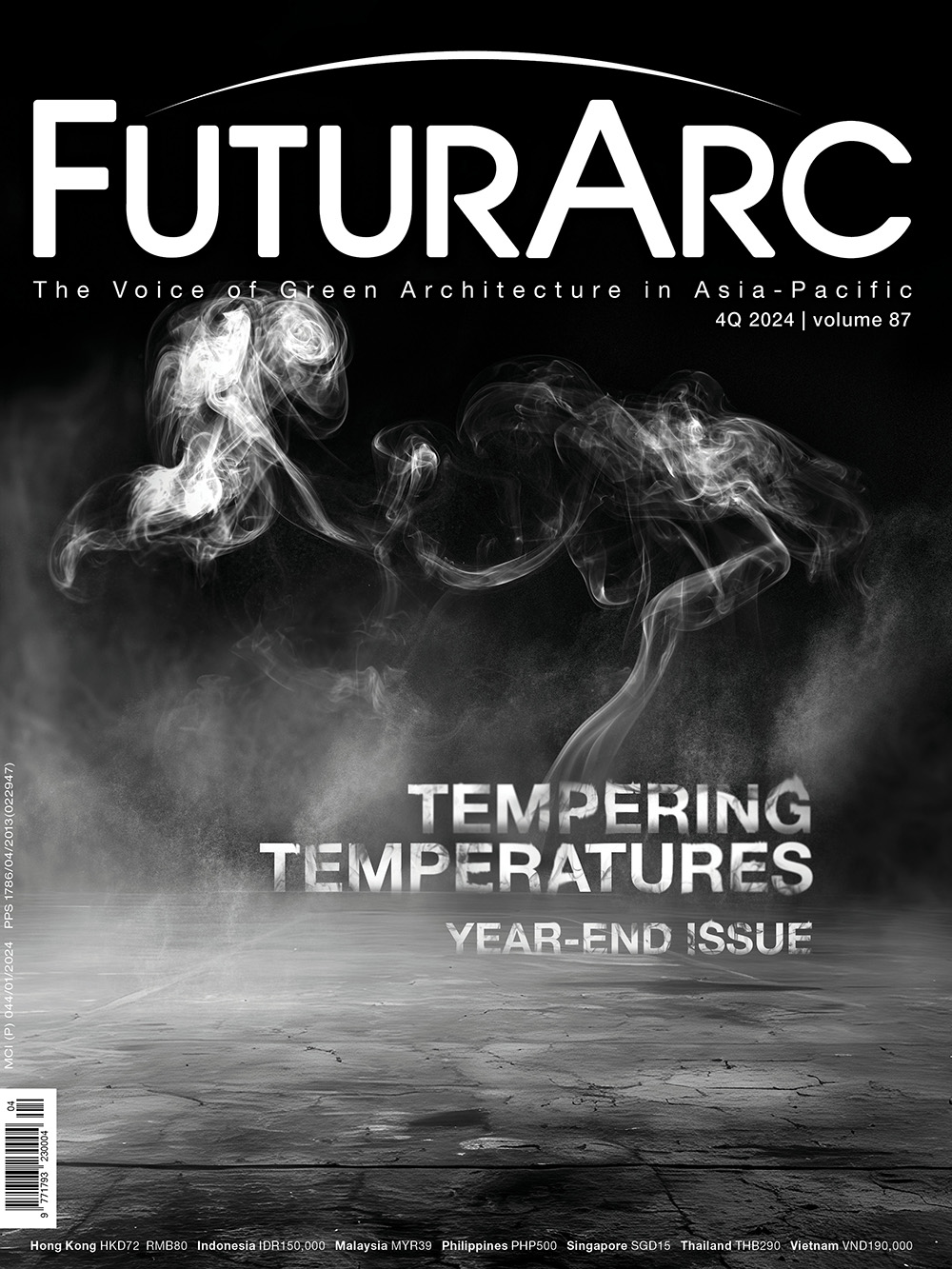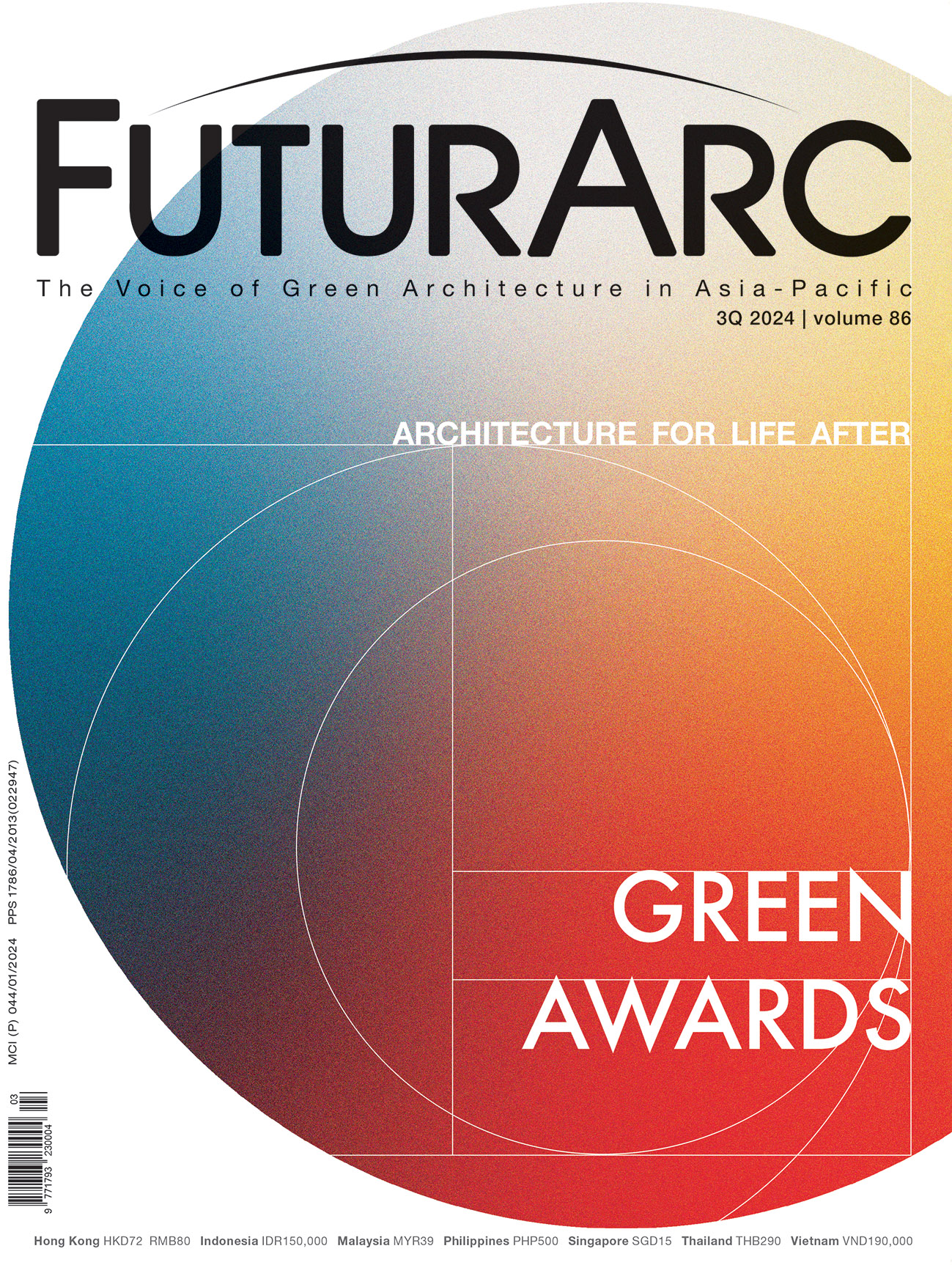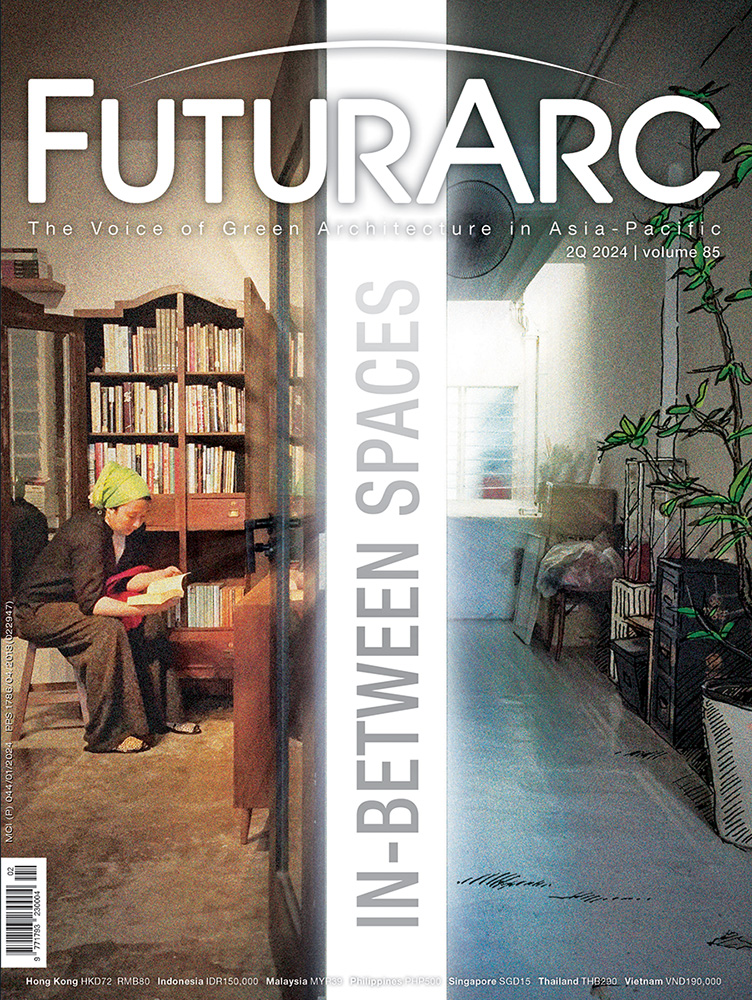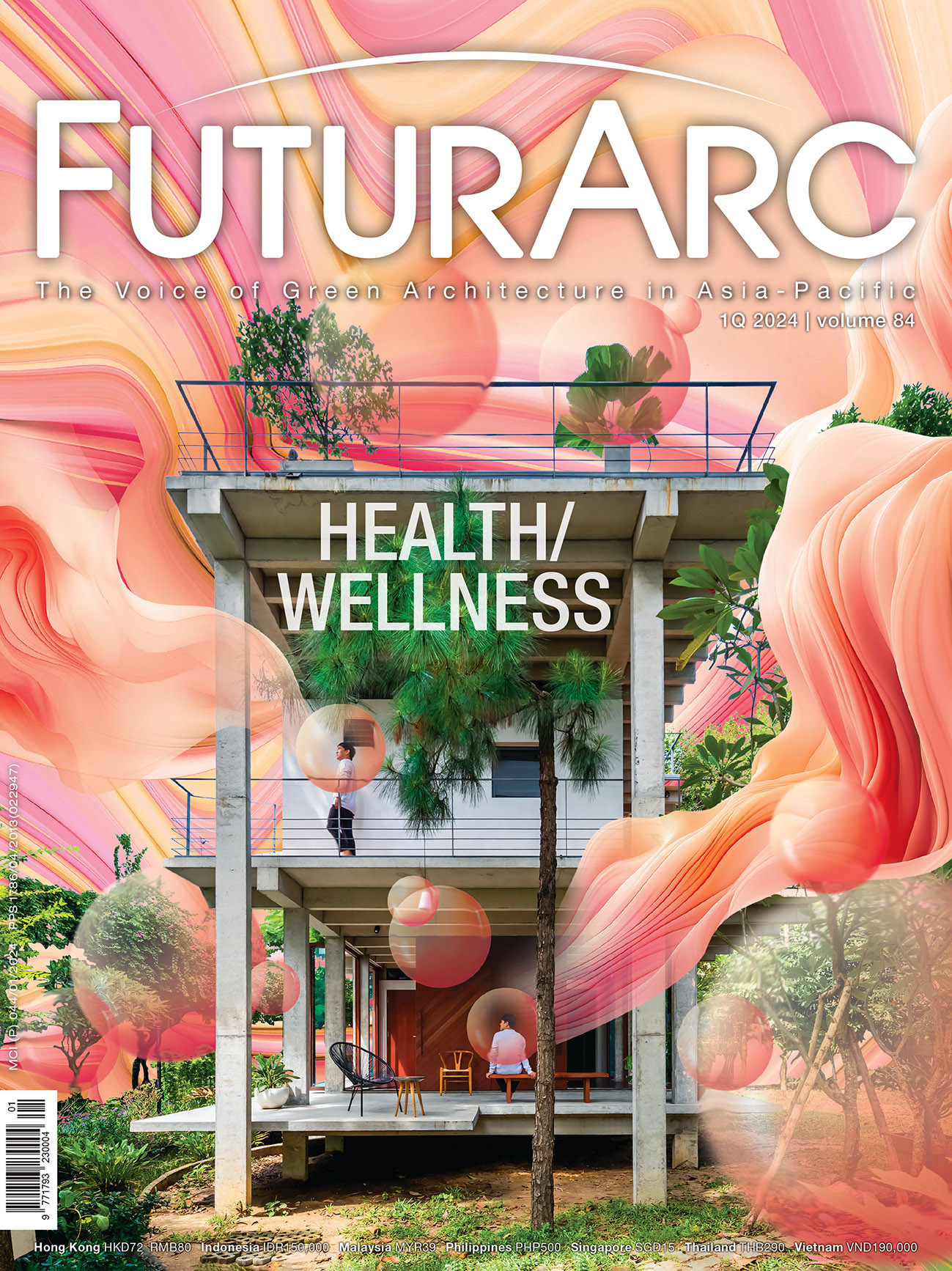Dear FuturArc readers,
In some warm-weather countries, taking a siesta or nap in the midday or early afternoon is a common tradition.
“In places such as Spain or Mexico, people traditionally didn’t work during the hottest part of the day. Instead, they were more active at night when it was cooler… this is where the idea of the siesta comes from.”
Philippe Rahm mentioned this in his conversation with us on the topic of climatic architecture. He also said that as the South’s climate is moving to the North, parts of the world could become uninhabitable because it will be too hot and perhaps too humid for humans to survive.
A viable way forward, Rahm suggested, could be to look at how to use certain aspects of weather conditions to shape our living and working spaces, as well as learning how to use certain spaces according to changes in the elements and data from real-time environmental monitoring.
In line with this issue’s theme, this topic is on point with what Ian Tan gathered from four experts in the built environment field who shared with him about how design practice, technology, academia, financial sector and also the larger community can...
Table of Contents
1Q 2025: LEARNING/LIFE
Previous issues:
⠀
4Q 2024: TEMPERING TEMPERATURES
⠀
3Q 2024: GREEN AWARDS | ARCHITECTURE FOR LIFE AFTER
⠀
2Q 2024: IN-BETWEEN SPACES
⠀
1Q 2024: HEALTH/WELLNESS
⠀
4Q 2023: YEAR-END ISSUE | WATER
⠀
3Q 2023: GREEN AWARDS | CROSS-GENERATIONAL ARCHITECTURE
⠀
2Q 2023: OLD IS GOLD
⠀
1Q 2023: MOBILITY & TRANSPORT
⠀
4Q 2022: YEAR-END ISSUE | POLICY VS PRACTICALITY, PRACTICE VS PRINCIPLES, PROGRESS VS PLANET
3Q 2022: GREEN AWARDS | REINTERPRETATION
2Q 2022: NEW & RE-EMERGING ARCHITECTURE
1Q 2022: HOUSING ASIA
Contact us at https://www.futurarc.com/contact-us for older issues.






